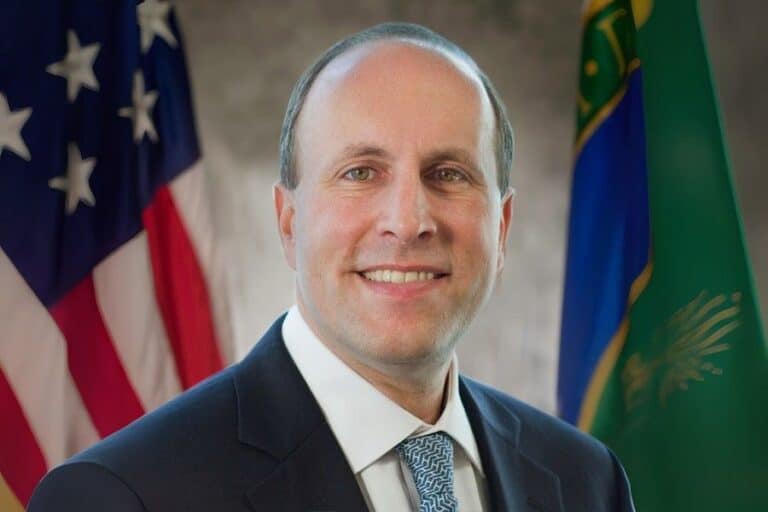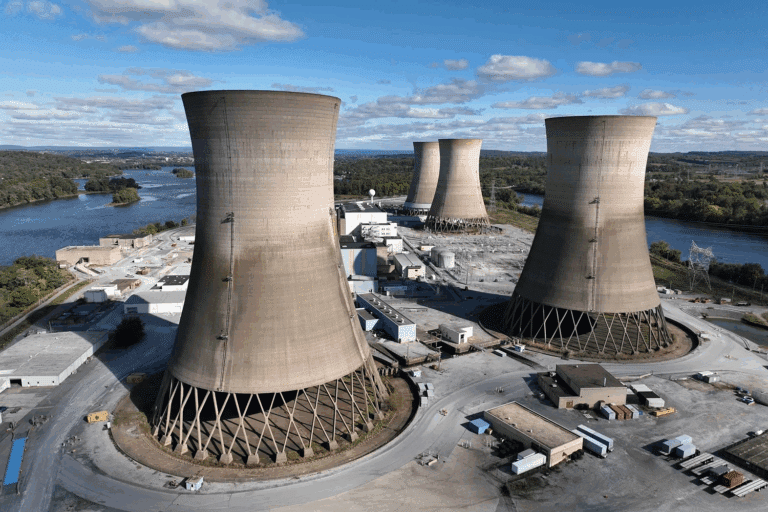This infoguide represents the research and views of the author. It does not necessarily represent the views of the Center on Global Energy Policy. The piece may be subject to further revision. Contributions to SIPA for the benefit of CGEP are general use gifts, which gives the Center discretion in how it allocates these funds.
The Center on Global Energy Policy would like to thank the bedari collective for its generous gift in support of the Energy Opportunity Lab. For a full list of financial supporters of the Center on Global Energy Policy at Columbia University SIPA, please visit our website at Our Partners. See below a list of members that are currently in CGEP’s Visionary Annual Circle.
-
CGEP’s Visionary Annual Circle
-
(This list is updated periodically)
Corporate Partnerships
Occidental Petroleum Corporation
Tellurian, Inc.
Foundations and Individual Donors
Anonymous
Anonymous
the bedari collective
Jay Bernstein
Breakthrough Energy LLC
Children’s Investment Fund Foundation (CIFF) Arjun Murti
Ray Rothrock
Kimberly and Scott Sheffield
Introduction
Energy insecurity, defined as the “inability to meet basic household energy needs,”[1] can be both a chronic and an acute problem.[2] Chronic energy insecurity manifests as an inability to access or afford adequate supplies of energy, while acute energy insecurity arises when infrastructural, maintenance, environmental, or other external sources disrupt or impede access to energy.[3] A substantial number of individuals and families across the United States experience energy insecurity, which can lead to a variety of adverse consequences including residential instability and poor health outcomes.[4]
Reliable access to home energy is necessary for lighting, heating, and cooling the home, as well as other essential functions like refrigerating and preparing food, heating water, and using electronic or medical devices. In the past several decades, both home energy costs and usage have increased, placing greater financial burdens on low-income households.[5] Variation in energy usage and prices throughout the year can make utility bills unpredictable, making it more difficult for low-income households to stay current with payments. Overdue accounts are subject to disconnection from utility service until any arrears are paid, creating significant hardship for affected households. In order to lower utility costs or avoid a shut-off, a family may keep their home at an unsafe or unhealthy temperature, apply for assistance programs, or forgo other necessities like food or medicine.[6]
The Low Income Home Energy Assistance Program (LIHEAP) is a federal program administered by the Department of Health and Human Services (DHHS) that aims to assist low-income households in meeting their home energy needs. Funds appropriated by Congress are distributed to states, territories, and tribal governments to implement energy affordability programs for low-income households struggling with high energy burdens. In addition to or in combination with LIHEAP, many low-income households are also eligible to participate in utility-run affordability programs or rate discounts that are funded in part by other ratepayers. This paper explores both federal and state administration of LIHEAP, common ratepayer-funded affordability programs, and unique energy access and affordability concerns that arise in rural areas and Native American communities.






